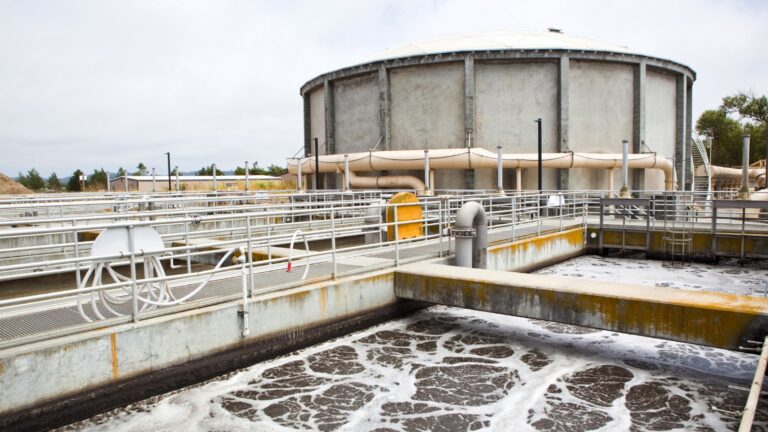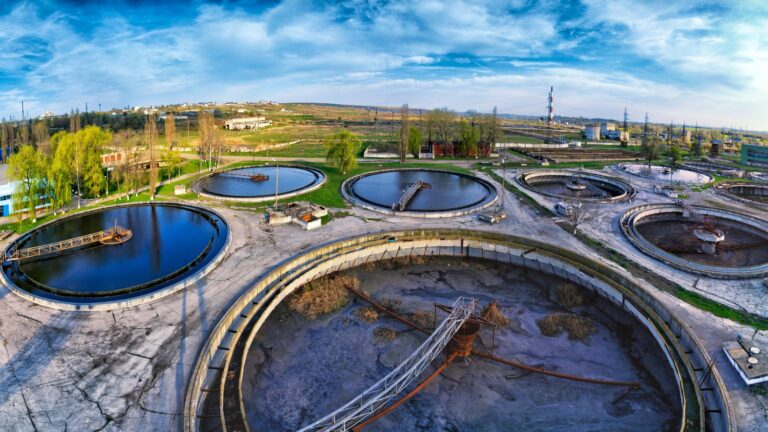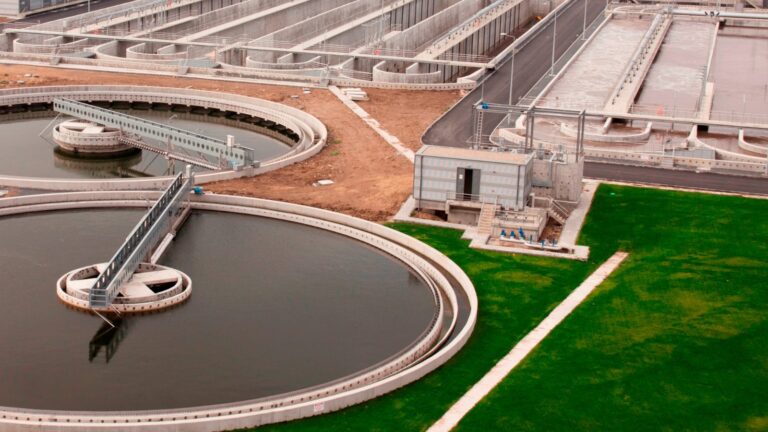Whenever water is used in homes, agriculture or industrial plants, it becomes wastewater, interchangeably known as sewage water. Influent wastewater refers to raw untreated wastewater that is inserted into a treatment plant. Hence, the state of wastewater prior to treatment is known as influent. In contrast, wastewater that is treated is known as effluent. Influent wastewater could have solid and liquid waste and contain multiple contaminants in various levels and concentrations. By treating wastewater, wastewater managers direct them to be used by different industries whenever there is a water shortage. Understanding the characteristics of influent water is beneficial to figure out what sort of wastewater treatment plant is most suitable for treating the specific form of wastewater in the locality. This blog will explain the central characteristics of sewage water, wastewater managers should be aware of.
But First - What Are The Characteristics of Sewage Water?

Wastewater is generally connected to one centralised system so that all used water flows into the treatment location. Not all wastewater that flows, however, refers to water used by other people. Sometimes there could be inflow, which refers to rainwater that enters sewers through surface inlets, manholes, sump pumps or roof downspouts. Unlike actual wastewater, which is noted to be completely unclean, inflow is relatively cleaner. Hence, many wastewater treatment plants are divided to ensure this form of water is sent to a stormwater system, thereby not mixing with the wastewater treatment plant. A key concern in wastewater treatment lies in infiltration. This refers to groundwater that leaks into the sanitary sewer resulting in the contamination of treated wastewater. Such concerns could be addressed if the processes of the treatment process are properly implemented.
The characteristics of wastewater can be studied in terms of its physical, chemical and biological properties. While water is known to be colourless and odourless, sewage water would typically be green or black in colour and have high turbidity since wastewater has suspended solids. Sewage water also contains a strong odour and would have been subjected to higher temperatures due to its increased biological activity. Additionally, sewage water contains chemical properties such as sulphates, nitrogen, pH, metal, etc. The physical and chemical characteristics of wastewater are highly important as the proper wastewater treatment plant will depend on the level of severity of the characteristics mentioned. The key biological trait of wastewater is that it includes biochemical oxygen demand and nitrogenous oxygen demand, both of which refer to the necessary level of oxygen microorganisms require to break down organic materials. It also includes microbial life like bacteria, viruses, algae, fungi, etc.
Typically influent wastewater contains solids amounting to 390 mg/L, out of which suspended solids are 120 mg/L and settleable solids are 5 mg/L. It has a biochemical oxygen demand of 110 mg/L, an organic carbon demand of 80 mg/L and a chemical oxygen demand of 250 mg/L. Among other contaminants, wastewater would contain approximately nitrogen at 20 mg/L, chlorides at 30 mg/L, and oil and grease at 50 mg/L. Comprehensively taking note of the specific influent characteristics and the exact measurements of the wastewater collected is integral to designing an effective wastewater treatment system.
Key Things to Analyse Before Treating Wastewater

- Sludge Quality – Wastewater managers should measure sludge quality, which would determine the strength of the sludge processing units and the equipment that will need to be integrated into the system. A traditional system would have 0.24kg/m2 of solids produced.
- Scum – Includes waste such as oils, fats, grease and related debris. They can be any form of substance that has been skimmed from clarifiers. While a wastewater manager would not need to measure the moisture of the scum, determining how much scum is important to consider how many treatment mechanisms are required to remove them.
- Screening – Screening focuses on removing debris that is larger than the solids typically seen in sludge. Hence, objects like plastic, leaves, rags and others are removed through a screening process and separately inserted into the landfill.
- Grit – Inorganic matters like sand and ciders belong to this category. Sometimes, this may also include organic materials like corn or coffee as well. Measures must be taken to remove these materials in advance before they enter the treatment plant, as it could damage wastewater assets, especially pump networks. Traditionally, wastewater managers have used grit chambers to separate them, after which they are put into a landfill.
Forms of Wastewater Treatment

- SBR-Based Sewage Treatment Plant – SBR is the abbreviated term for Sequencing Batch Reactor. It refers to a fill-and-draw activated sludge system for wastewater treatment that can handle batch and continuous flow operations. They are best for treatment applications with low or intermittent flow conditions. Municipal and industrial wastewater systems commonly use it. A single reactor can typically carry out equalisation, primary classification, biological treatment and secondary classification. It offers more flexibility, has a low environmental footprint, and is more financially feasible than other treatment systems.
- Grey Water Treatment Plant – As noted by its name, this form of treatment only focuses on water used domestically. Hence, it refers to wastewater that is released from irrigation, toilet flushing, laundry and others. It should be noted that grey water and actual wastewater are different as the latter have higher concentrations of pathogens. Hence, this treatment is only suitable for soluble and insoluble contaminants, and organic and organic components must be removed. This form of treatment plan relies on ultrafiltration methods to remove contaminants. Where there are too many, this is directed to the sewage system.
- Effluent Treatment Plant – This primarily concerns treating industrial wastewater in pharmaceuticals, chemicals, textiles and other sectors with extreme contamination levels. It carries out equalisation, pH control, coagulation, sedimentation, filtration, disinfection and sludge drying to effectively treat wastewater. It has levels of treatment that separate sludge from liquid removes biological and organic matter, and integrates physical and chemical processes to remove microbiological contaminants.
Integrate Technology to Gain Accurate Insights of Influent Wastewater Characteristics
Instead of leaving it to human experts to assess the characteristics of wastewater, a more effective, time and cost-saving mechanism would be to adopt a compact advanced technology solution. Infusing Artificial Intelligence, Machine Learning, the Internet of Things, Geographic Information Systems, data analytics, digital twin, and related digital tools can reliably help asset managers monitor wastewater quality standards in its influent stage before sending it off for treatment.







